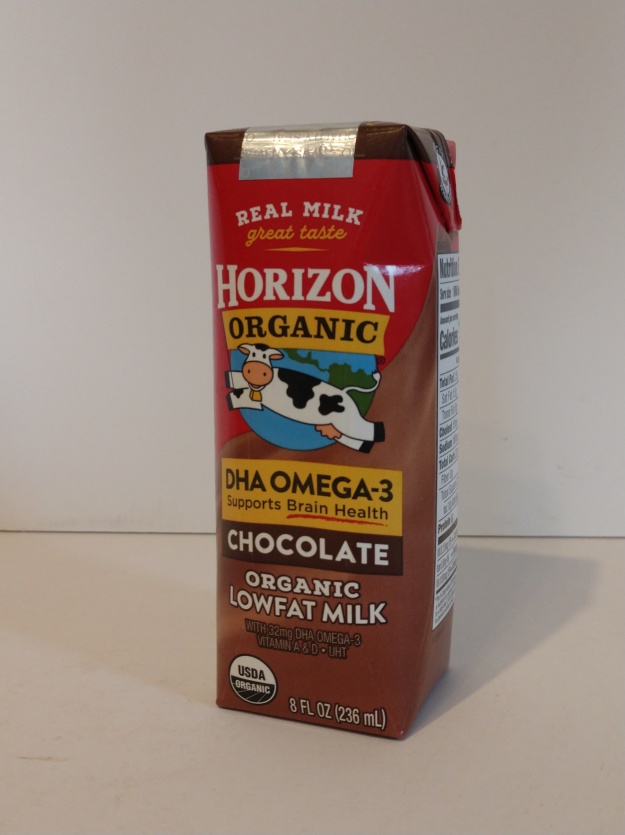A recent post encouraged runners to try out different breathing intervals; two step, four step, six step, etc., to see what works best for them at different levels of speed or intensity.
There’s nothing in The Book of Nike though, that says we have to always breathe in for the same duration as we breathe out, or go right from one to the other without a pause. Start messing with those variables and you enter the world of asymmetrical breathing – yet another chew-toy-for-the-brain, to drown out your inner couch potato.
The simplest asymmetry is a three count – in on one, pause on two, out on three – which lets the lungs mine that air for a bit longer before pushing it out, and also reduces the number of lung expansions over any given length of time, thereby saving some energy and stamina in your core. A useful tool when you want to push hard, but with more efficiency and for than breathing in/out on every two footfalls would allow.
Way more intense is a seven count: long, slow in on one/two/three, pause on four, then long slow out on five/six/seven. Keeping that up for an extended time can be a useful way to force a slower pace – and maybe trick the body into efficiency adaptations that will come in handy in other situations.
Sounds arcane and complex, I’ll admit, so why bother? Well, I’m convinced there are at least three potential benefits.
One, asymmetrical breathing gives us lots more options to match respiration to effort. Is a two-step interval too fatiguing on that gentle grade, but a four-step feels like oxygen starvation? Try a three- step and see how that fits.
Two, Our core muscles create different motions and stresses on inhaling than on exhaling, and if you breathe symmetrically, you’re always making inhale motions on the same foot/leg and exhaling stresses on the other. Yup; symmetrical breathing can actually lead to asymmetrical fatigue and even injury. Asymmetrical breathing distributes stresses more equally – which is well worth a try if you ever find yourself with a pain or glitch on one side and not the other!
Three (and my personal favorite, though I have no scientific basis for it): Try filling your lungs with air and holding your breath, and note how long before you start to feel desperately in need of exhaling. Now, try emptying your lungs and holding there. If you’re like me, the horror movie sensation comes a lot quicker. My guess is, our bodies are hard-wired to suck in air, but not so much to push it out. ‘Full lungs good, empty lungs bad. Ugh.’ With that in mind, my tendency is to exhale harder or longer so I get as much of the old, stale, oxygen-depleted air out, and then let the body’s reflex take care of pulling in the fresh stuff.
These days, my sweet spot seems to be hard-out on one/two/three, and let the body inhale naturally on four/five. When I find my pace lagging on a long run, choosing to breathe that asymmetrical five-count works wonders to bring me back in range.
I’ve even found myself getting into a mode with a hard exhale, quick partial inhale, another hard exhale and then a big full inhale, all in a five count. Difficult to describe, but whenever I fall into it, I find my pace has improved with little to no increase of effort.
So mix it up, chop it up, find out what works for you, and when. There’s more than two sides to breathing in and out!



